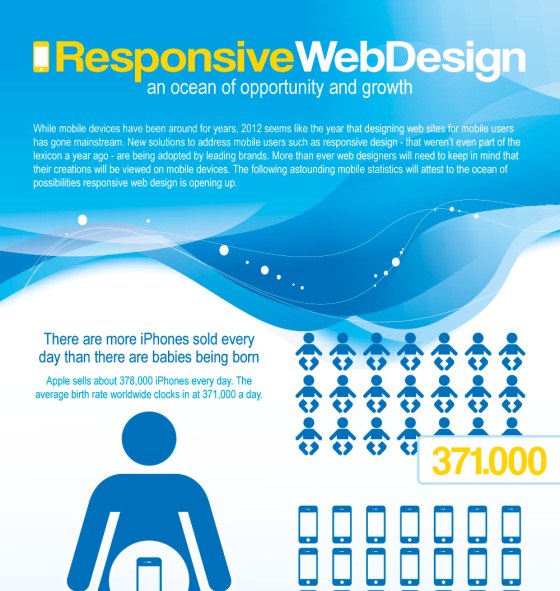Visualize an internet site where every component completes for your attention, leaving you feeling overwhelmed and uncertain of where to concentrate.
Currently photo a website where each aspect is thoroughly set up, guiding your eyes easily through the page, giving a smooth individual experience.
please click the up coming article on the power of aesthetic hierarchy in website layout. By tactically arranging and focusing on components on a page, developers can create a clear and intuitive path for individuals to comply with, eventually boosting engagement and driving conversions.
But just how exactly can you harness this power? Join us as we discover the concepts and methods behind effective aesthetic power structure, and uncover how you can elevate your internet site layout to new elevations.
Understanding Visual Pecking Order in Web Design
To effectively convey info and guide customers through a site, it's essential to recognize the idea of aesthetic power structure in web design.
Aesthetic pecking order refers to the plan and company of aspects on a web page to stress their value and produce a clear and instinctive customer experience. By developing a clear visual hierarchy, you can direct users' focus to one of the most vital information or actions on the web page, enhancing usability and interaction.
This can be accomplished through different layout techniques, consisting of the calculated use size, color, contrast, and placement of aspects. As https://rafaelicumf.blogscribble.com/30325097/5-must-have-tools-for-effective-digital-advertising-campaigns , larger and bolder components usually attract even more interest, while contrasting shades can create aesthetic comparison and draw emphasis.
Principles for Reliable Aesthetic Power Structure
Comprehending the concepts for reliable aesthetic hierarchy is vital in producing an user-friendly and engaging site style. By complying with these concepts, you can make sure that your internet site effectively interacts details to users and overviews their focus to one of the most vital elements.
One principle is to use size and scale to establish a clear aesthetic hierarchy. By making important elements larger and extra noticeable, you can accentuate them and overview customers through the web content.
One more principle is to make use of comparison successfully. By using contrasting https://seo-google-certification87654.blogsidea.com/36517629/the-power-of-content-marketing-producing-engaging-and-shareable-material , font styles, and shapes, you can create visual differentiation and emphasize essential details.
Furthermore, the principle of closeness recommends that relevant elements must be organized with each other to visually link them and make the site much more arranged and easy to browse.
Implementing Visual Power Structure in Internet Site Style
To apply visual power structure in site layout, prioritize vital aspects by readjusting their dimension, color, and setting on the page.
By making key elements larger and more famous, they'll normally attract the user's interest.
Use contrasting shades to create aesthetic comparison and highlight crucial info. For instance, you can utilize a bold or vivid shade for headlines or call-to-action switches.
In https://gregorynevlb.luwebs.com/30864910/the-impact-of-social-media-on-digital-marketing , consider the placement of each element on the page. Location essential aspects at the top or in the facility, as customers often tend to concentrate on these areas initially.
Verdict
So, there you have it. Aesthetic pecking order resembles the conductor of a symphony, assisting your eyes via the internet site design with finesse and style.
It's the secret sauce that makes an internet site pop and sizzle. Without it, your design is just a cluttered mess of random components.
However with visual power structure, you can produce a masterpiece that orders focus, interacts successfully, and leaves a long-term impact.
So go forth, my friend, and harness the power of aesthetic pecking order in your website design. Your target market will thank you.
